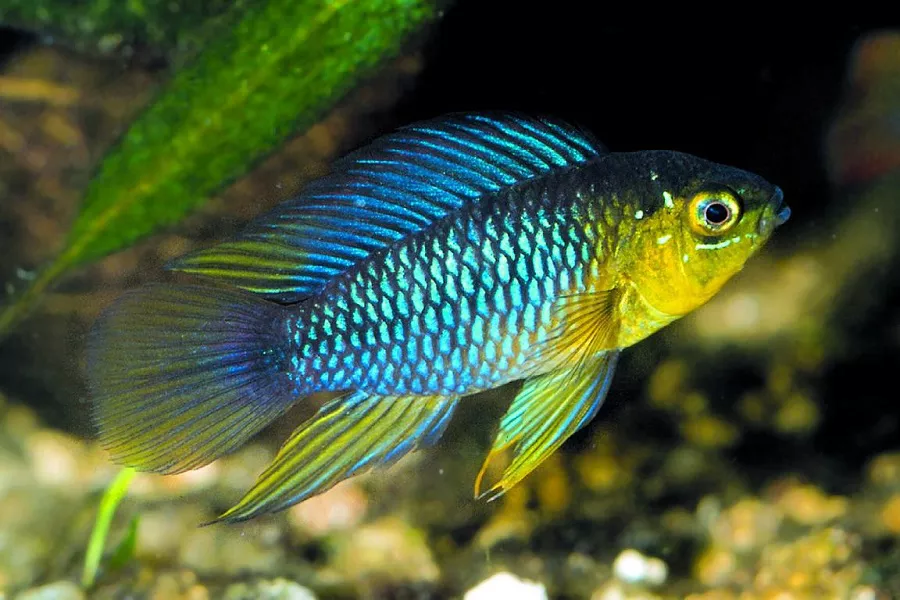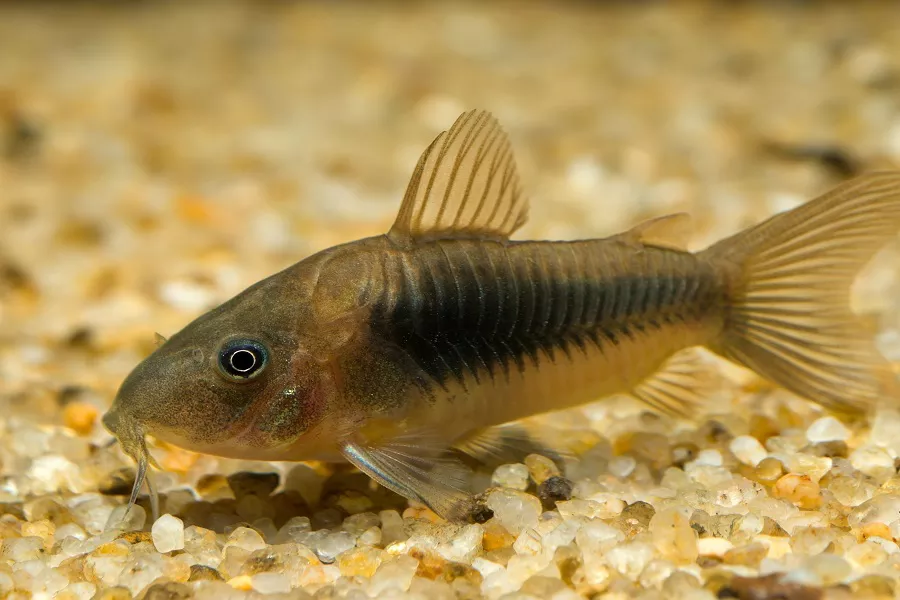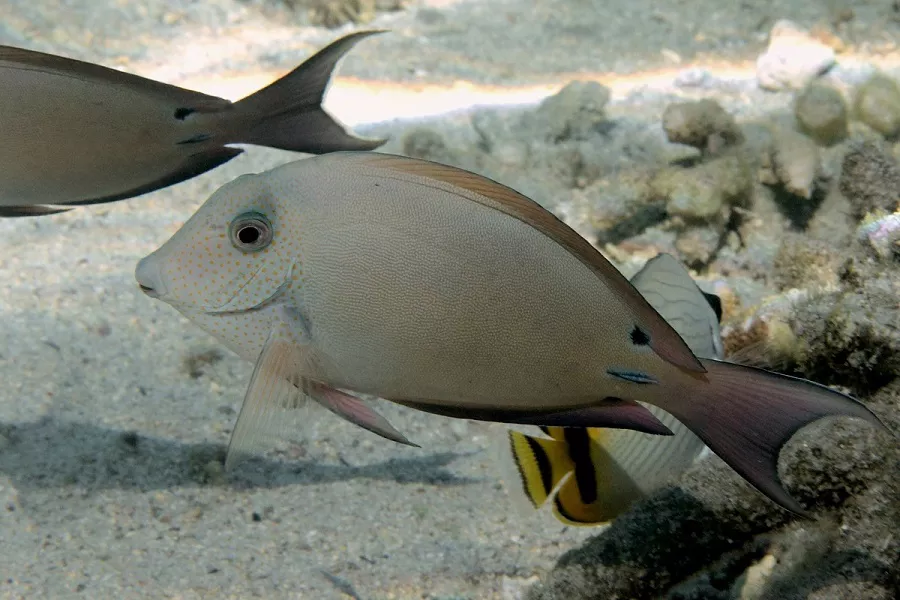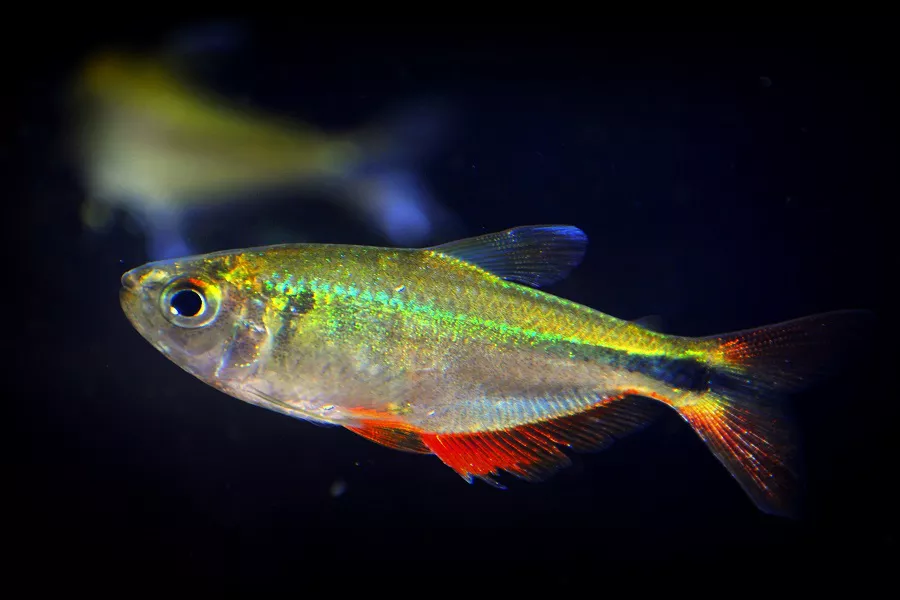What is apistogramma borellii?
Apistogramma borellii, distributed in the river system near Maduglus, that is in Paraguay, has a rounder body shape than the fish species of the same genus, and the body color is different due to different origins. Generally, it can be divided into two types: one is Amazonian species with a yellow head and shiny blue body on the sides, and a small Paraguayan species with red and blue spots on the operculum. The body is beautiful, the dorsal and anal fins of mature males are large and long, and can be fully extended, especially the golden head is the focus. Likes live food, oviparous, suitable for aquariums with aquatic plants and sunken wood, and can be mixed with short breams of the same size.
What does apistogramma borellii look like?
The body shape of apistogramma borellii is more rounded than that of the fish species of the same genus, and the body color is also different due to different origins, and sometimes different varieties can be produced in one area. Some males are very rich in red stripes and face flowers, and can generally be divided into two types: one is Amazonian species with a yellow head and flashing blue light on the side; the other is red and blue on the operculum. Speckled small Paraguayan riverine species. The body is beautiful, the dorsal fin of the mature male is large and long, and can be fully extended, especially the golden head is the focus.
apistogramma borellii living habits
It is difficult for artificial fish to maintain the attractive colors of wild fish, which may be related to the fact that artificial conditions cannot provide them with as abundant food as in the wild state. In fact, the golden short bream can tolerate low temperatures better than its Apistogramma, and they are found in water at 6.5 degrees Celsius in the wild.
Breeding of apistogramma borellii is relatively easy, although they can tolerate different water quality, but weak acid soft water can make them show the best state. Their usual suitable temperature is lower than that of other short breams of the genus apisto, and 22 to 26 degrees is their ideal growth temperature.
In addition, feeding apistogramma borellii should also pay attention to the filtration system. Filter cartridges, back filters, side filters, upper filters, waterfalls, which are adapted to local conditions, such as: pure short seabream breeding tank laying a layer of bottom mud and filtering with water goblin.
apistogramma borellii rearing
In terms of artificial feed, not all species of short bream like to eat it. Due to the existence of individual differences, apistogramma borellii, which is used to eating artificial feed, can be raised together with the short bream to be trained and fed with artificial feed, and it will gradually get used to it. . Of course, there are many ways of training, and everyone is different from fish to fish. The most important thing in daily management is the stability of water quality. Even if the water quality indicators are not very ideal, as long as it has been stable, apistogramma borellii can survive after the water is fixed. Many artificial fish have been trained for many generations and have been adapted to the quality of tap water. In addition, insisting on regular feeding and frequent meals in small quantities is very beneficial to the formation of fish.


























